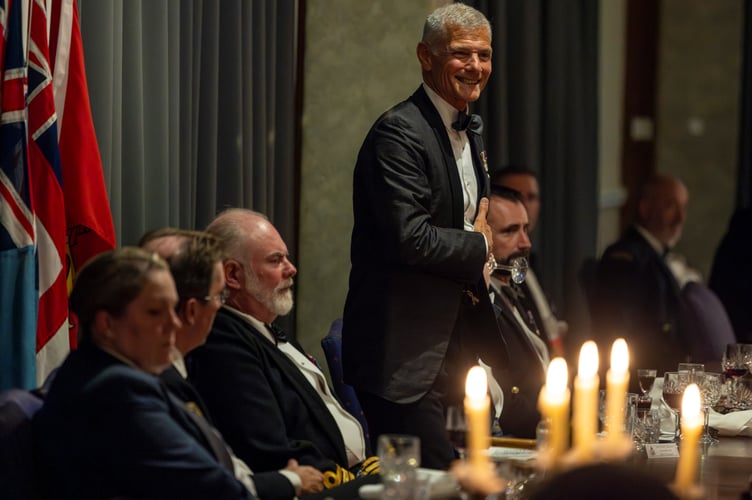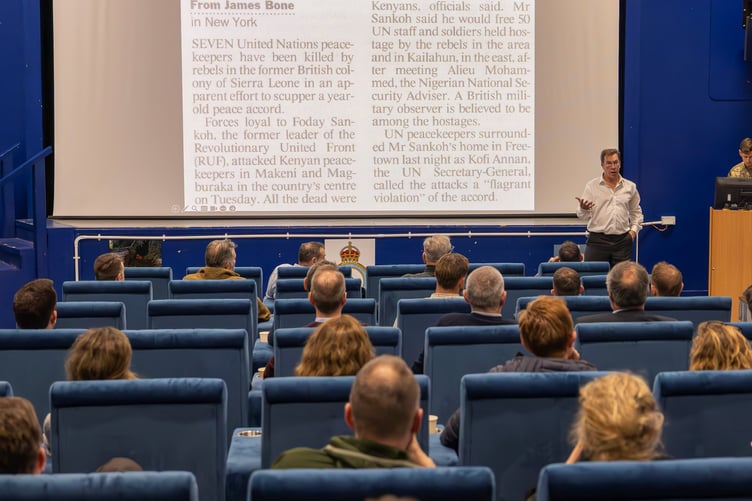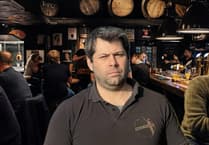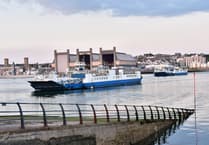RAF St Mawgan hosted an international contingent to revitalise allied collaboration.
The Defence Survival, Evasion, Resistance and Extraction training organisation staged a landmark conference to help advance modern survival and recovery training methods.
Around 140 participants including 40 delegates from 15 NATO nations attended the event as well as a full representation from The Five Eyes community, an Anglosphere intelligence alliance comprising Australia, Canada, New Zealand, the United Kingdom, and the United States.
The Defence Survival, Evasion, Resistance and Extraction’s Commanding Officer showcased its cutting-edge training capabilities. There was also a lot of knowledge sharing to help shape future cooperative training with NATO partners.
A standout theme was the Baltic contribution. Delegates from Lithuania and Estonia, whose proximity to the Russia‑Ukraine conflict delivered vital insights stemming from their latest training in survival, evasion, resistance and extraction training, joint personal recovery, evasion counter‑measures and large‑scale reintegration methods. Their perspective at the edge of NATO’s eastern flank, anchored discussions in current operational realities and informed best practice for allied forces, with a focus on unmanned aerial vehicles.
An Italian naval captain with 41 years’ service shared hard‑won lessons from his time aboard the aircraft carrier ITS Garibaldi. He led pivotal recovery missions along the Libyan coast during Operation Unified Protector as director of the Personnel Recovery Co-ordination Cell.
Lieutenant General Harrison, a British General (ret’d), recounted his ordeal as a major in Sierra Leone, describing how he escaped captivity against the odds. His reflections brought a renewed urgency to the training facility’s focus on escape, evasion, and conduct after capture, reminding attendees that success often hinges on mindset, adaptability, and the ability to exploit fleeting windows of opportunity.
Former UK Special Forces personnel added an operational lens to the symposium’s narrative by unpacking the planning, preparation, and mindset required to execute high‑risk recovery operations, emphasising the interplay of hostage negotiation, intelligence gathering, and detailed mission design. Another SF Operator underscored the importance of non‑conventional recovery methods, arguing that global network‑building, relationships, access, and discreet support, often proves decisive in locating, sustaining and recovering isolated personnel.
The day culminated with an address by Sean Langan, the internationally renowned journalist and film maker, who spoke candidly about his captivity on the Pakistan-Afghanistan border. His testimony, raw and reflective with spatters of humour, provided lessons of resilience and the critically important ability to build rapport and humanise oneself to improve chances of survival and release.

The symposium concluded with a formal dining-In night, where the Commandant of the Robson Academy of Resilience delivered an address emphasising the key point: ‘Defence engagement, cooperation, and knowledge‑sharing are essential to the future of NATO integration in this niche but important field (Survival, Evasion, Resistance and Extraction and Joint Personnel Recovery), let’s build on this momentum.’
Sqn Ldr John Peters (ret’d) delivered a powerful reflection on his “flash‑to‑bang” ordeal as Tornado fighter pilot to UK Captive in Iraq. His story continues to inform how the UK prepares our people to face the most severe tests today and his final remarks about resilience and post traumatic growth deeply resonated with the audience.
A spokesperson for RAF St Mawgan said: “From strategic vision to real-world experiences the symposium reinforced a shared commitment to innovation, interoperability and preparing service personnel for their most challenging day.”





Comments
This article has no comments yet. Be the first to leave a comment.